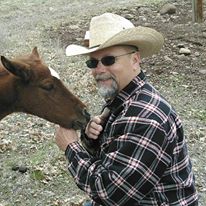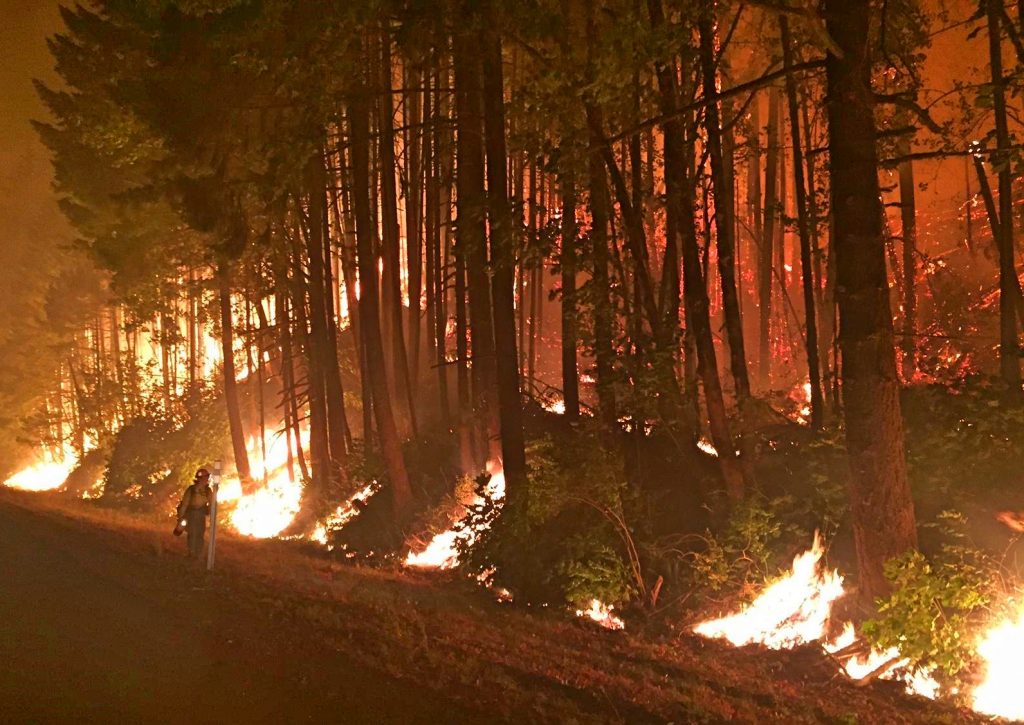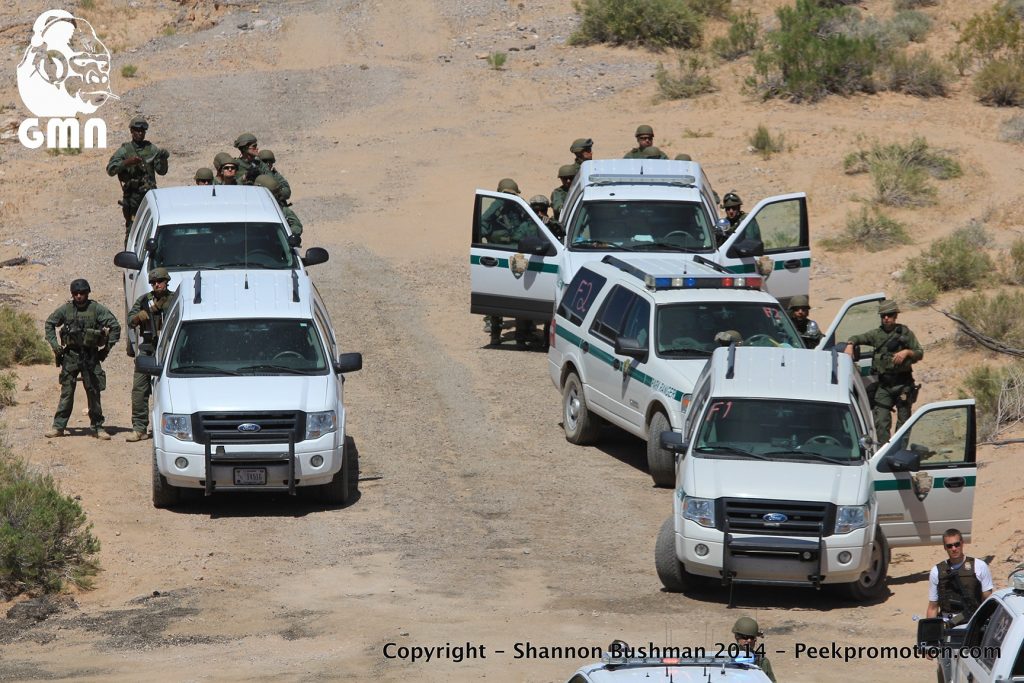Catastrophic wildfire is not part of any normal ‘healthy’ fire-cycle in forests and are not natural processes. These catastrophic wildfires are however the result of inept meddling with wildlife management by poorly informed people who are operating based upon myopic compartmentalized perspectives in combination with outdated dogma who have been influencing and informing wildlife management policy.
NEW LIVESTOCK AND DEER THREAT – FLAWED CA PREDATOR POLICY INPUT
METHODOLOGY REVEALED
People at several NGO organizations and their recent lawsuit [1] have removed tools from the predator abatement tool-box that can be used by USDA Wildlife Services (aka: your ‘trapper’) and will assure the continued implosion of the remaining deer population in CA, which is down from a population of 2.4-million deer ca. 1960, to about 350,000 deer today. A recent EnvironNews article trumpets this setback to the management of predator populations that are arguably excessive.
With mountain lions killing on average 50-deer each annually and now with at least 6,000 or more lions hungrily roaming California, the remaining deer will soon be so sparse that the State will most certainly assign ‘protected’ status to some or all of our deer species. The simple math casts a bright light, which seems to blind dim-witted management policies. Losing 300,000 deer (or more) annually to mountain lions, in a State where the starting annual population is a mere 350,000 animals, is alarming! And clearly, anyone, scientist or not, who argues that 300,000 animals annually removed from the population by whatever means is not population control is just spewing nonsense. Lions are responsible for this impact on our fragile deer population.
FACTORS THAT REDUCE THE CALIFORNIA DEER POPULATION ARE AS FOLLOWS:
1. Predation by mountain lions; about 300,000 deer killed annually. More about mountain lions HERE.
2. Vehicular accidents killed about 13,563 deer & elk in California in 2016 [2] with the following tally:
a) 7,400 black tail deer
b) 6,119 mule deer
c) 44 elk
3. Hunting in 2016 accounted for about 30,000 deer killed statewide
4. Poaching accounts for around 15,000 deer annually killed
5. Diseases, such as _Adenovirus Hemorrhagic Disease _ (AHD) [3], which was first discovered in California in 1994, and Chronic Wasting Disease (CWD) is killing cervids (deer-elk). How many are being killed is very difficult to assess since animals often die unseen in remote locations, but it is estimated that the numbers may be in the hundreds.
6. Wildfires also kill deer (and other wildlife), to what extent varies with wildfire intensity and terrain.
WILL THERE BE A MEANINGFUL DEER SEASON IN 2018?
That’s the real question. The State can effectively for all intents and purposes render the deer-season closed by merely severely limiting tags.
As it was this past season here in Siskiyou County California’s legendary ‘C-1’ unit, the season was once again a big loser for the vast majority of hunters who were lucky enough to even draw a tag in the first place. Across the area in many hunting camps, ‘tag-soup’ was the fare as hunters lamented about seasons-past in the formerly famous ‘C-1’ unit, where trophy deer were abundant just a few decades back. Now those days are just a distant memory.
Deer which traditionally are the primary prey-animal for mountain lions are so sparse these days that lions have now fixed their sights on new sources of prey; people’s pets and livestock! The evidence is indisputable as the contents of a lion’s stomach don’t lie. The California Dept. of Fish and Wildlife 2014 Necropsy Report on a large sampling of mountain lions showed that lions had preyed primarily upon people’s pets, as is seen in their report.
But as bad as all that is, there is a far more serious and financially devastating side to the depleted state of our California (and Oregon) deer herds.
[wp_ad_camp_1]
Deer (and other cervids) provide an extremely important service to the areas in and around our forests and grasslands. The 2-million deer (and some elk) that are no longer in the CA population were abating millions of tons of grass and brush that now annually fuel catastrophic wildfires. How much excess grass and brush (primary wildfire fuel) did these deer remove in the past?
An average deer eats about 7-pounds of grass and brush daily. That’s 2,555 pounds annually for each deer. When we multiply that times the estimated 2-million deer missing from the CA population, we see they had been quietly ABATING OVER 2.5-MILLION TONS OF GRASS AND BRUSH ANNUALLY, not counting what the missing elk were grazing-off. So we could say there is about 3-million tons of excessive ground fuels recurring annually, which are the kindling for the new super-hot breed of catastrophic wildfires we are now suffering today. See more HERE.
The evolution of these events under existing wildlife management policies that have been influenced by people with little or no practical experience and/or have completely missed the connection between the depletion of deer and catastrophic wildfire is now obvious. Catastrophic wildfire is not part of any normal ‘healthy’ fire-cycle in forests and are not natural processes. These catastrophic wildfires are however the result of inept meddling with wildlife management by poorly informed people who are operating based upon myopic compartmentalized perspectives in combination with outdated dogma who have been influencing and informing wildlife management policy.
This must be corrected now, before a significant part of California is consumed in a fire-event larger and even more devastating than the recent Sonoma County catastrophic fire-event, where over 40 people were literally burned-alive and over 7,000 homes and structures destroyed.
Read more about that $1-billion dollar fire cost HERE.

Mr. William E. Simpson II and his wife are well-known in wild horse advocacy circles as a result of their living among wild (feral) horses for the past 4-years in a privately-owned forested ecosystem (near the Soda Mountain Wilderness Area), which they protect. Mr. Simpson has a background in business, science and livestock, and has a working understanding of the behavior and habits of wild horses in the wilderness.
[paypal_donation_button]
Free Range Report
[wp_ad_camp_3] [wp_ad_camp_3] [wp_ad_camp_3]
[wp_ad_camp_2]




I see no reason why so called environmentalist and ranchers, who want the same thing, cannot get along. That is until I read a number of articles and books by Dan Dagget. http://WWW.rightwaytobegreen.com . Leaders of movements such as the Sierria Club have an agenda. Initially trying to bring the two groups together, Mr. Dagget, realized that at least one side of the groups would not listen. Also grazing techniques have changed and holistic management has has great success in not just restoring but improving rangeland. https://www.savory.global/ . The problem seems to be the willingness of the American people to become informed. Appeals have been made in quick bites appealing not to science but to emotions. Land and animal management is complicated. One cannot make a rational decision with an hour of study. To appeal to the people we must appeal to their emotions with quick bites of facts. Sometimes we have a tendency to be too scientific.
Wild Horses native to California are an excellent way to keep dryed brush and low dry branches clean. Over 100,000 used to roam freely in CA alone until mid century, now I would be surprised if you have more than 3000. Also, burro are known to stomp cougars if threatened, another cervid immune to wasting disease.